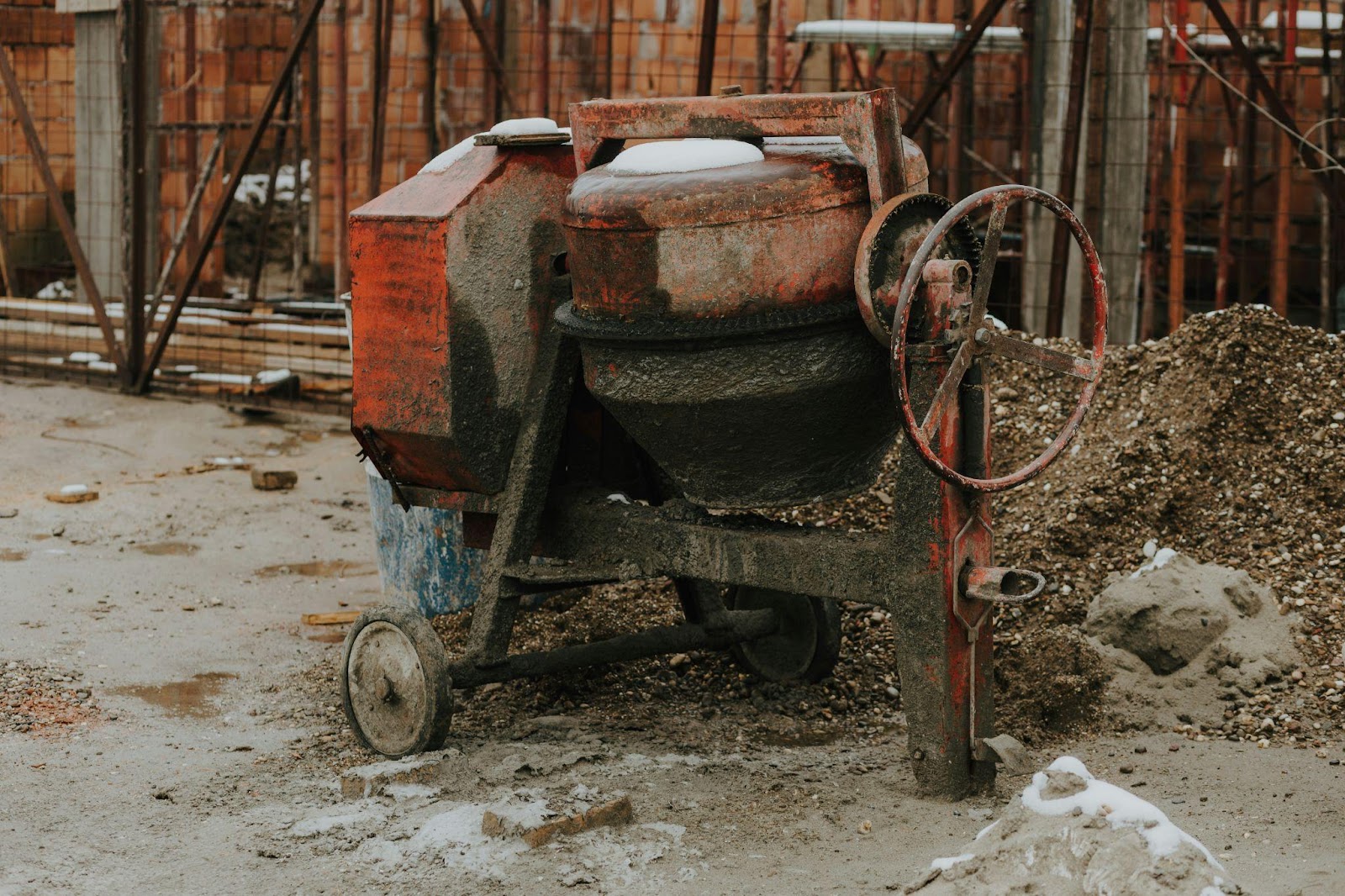- Efficient construction waste management improves site safety, reduces costs, and supports environmental sustainability.
- Sorting waste, using organized collection methods, and planning for proper disposal keeps job sites cleaner and more compliant.
- Recycling and repurposing materials, such as metal and concrete, minimize landfill waste and can reduce project expenses.
- Sustainable building practices, like prefabrication and eco-friendly materials, help reduce waste from the start and promote eco-conscious construction.
Construction sites are bustling environments where waste management often gets overlooked in the rush to meet project deadlines. From concrete and metals to packaging materials, construction generates significant amounts of waste that, when improperly managed, can impact both the environment and a project’s bottom line. But with a proactive approach to managing construction waste, builders can maintain safer sites, reduce disposal costs, and contribute positively to the environment.
In this post, you’ll discover essential strategies to help you manage construction waste effectively. From practical collection and disposal methods to recycling tips and sustainable practices, this guide covers the key steps to keep construction waste under control. Dive in to learn how better waste management can lead to a more organized and efficient worksite.
Understanding the Challenges of Construction Site Waste
Effective construction waste management starts with recognizing the unique challenges construction sites face. A variety of waste types are produced on-site, including concrete, wood, metals, plastics, and packaging materials, each with its own handling and disposal requirements. Without a system in place, waste can pile up quickly, creating a cluttered, hazardous work environment that slows down productivity.
Beyond physical hazards, improper waste management can have financial and environmental consequences. Excessive waste disposal fees, fines for non-compliance with local regulations, and the environmental impact of landfill waste all add up. Construction companies often have to comply with strict environmental guidelines, making it essential to have a well-planned waste management strategy.
To address these challenges, builders need to stay informed about regulatory requirements, implement waste reduction techniques, and select disposal methods that align with site needs and project budgets. Setting up an organized, compliant approach will keep your construction site cleaner, safer, and more cost-efficient.
Practical Tips for Efficient Waste Collection and Disposal
One of the most effective ways to manage construction site waste is by establishing an organized system for waste collection and disposal. By setting up dedicated waste sorting stations, builders can separate materials like metals, wood, and plastics on-site, simplifying the disposal and recycling processes. Implementing this approach also encourages workers to dispose of materials correctly, reducing time spent on cleanup.
An excellent solution for managing large volumes of waste is a construction skip bin hire. Choosing the right skip bin sizes ensures you have ample space for waste without overcrowding the site. Additionally, working with a reliable provider helps streamline waste removal, making the disposal process quicker and more compliant with local regulations.
For maximum efficiency, consider coordinating skip bin pickup schedules with phases of your project to avoid delays. This proactive approach will help keep your site cleaner, reducing trip hazards and ensuring that waste management does not disrupt the construction flow. With efficient waste collection and disposal practices, you can maintain a more organized, efficient job site that supports project goals and regulatory standards.
Recycling and Repurposing Materials to Minimize Waste
Recycling is a crucial part of reducing waste on construction sites, helping builders minimize their environmental footprint and reduce disposal costs. By recycling commonly used materials such as metal, wood, and concrete, construction companies can make a significant difference in how much waste ends up in landfills. Setting up on-site recycling bins or working with recycling partners can make this process straightforward and effective.
To get started, identify the materials that are recyclable and develop a plan to separate them from general waste. For example, metals can be collected separately and sold to metal recycling facilities, while wood waste can often be repurposed for landscaping or other construction needs. Concrete can even be crushed and reused as fill or aggregate for other projects.
Repurposing leftover materials offers an additional way to cut down on waste and save money. Rather than discarding excess wood or tiles, consider reusing these materials on other parts of the project or even donating them. These practices not only reduce waste but can also lower material costs for your project and contribute to sustainable building efforts.
Implementing a Waste Management Plan
A construction waste management plan is essential for keeping projects organized and on track while ensuring compliance with waste regulations. This plan should cover all aspects of waste generation, collection, sorting, and disposal, outlining a clear process for managing waste at every stage of construction.
Start by estimating the types and amounts of waste your project is likely to produce. With these estimates, you can set waste reduction targets and assign responsibilities to team members for each phase of waste handling. It’s also essential to monitor your waste reduction progress throughout the project, making adjustments as necessary to stay on track.
Training workers is another vital aspect of any waste management plan. When everyone on-site understands the waste management process, they are more likely to follow the established procedures, reducing the risk of non-compliance or unnecessary delays. By creating and following a solid waste management plan, builders can improve site efficiency, maintain a cleaner environment, and stay compliant with local regulations.
Sustainable Building Practices to Reduce Waste Production
Beyond managing waste, adopting sustainable building practices can reduce the volume of waste generated in the first place. Builders are increasingly turning to techniques like prefabrication and modular construction, which allow significant portions of a building to be created off-site, resulting in fewer on-site waste materials. By reducing the amount of excess material produced, these methods contribute to a cleaner, more efficient construction process.
Using eco-friendly materials also helps minimize waste. Materials such as bamboo, recycled metal, and reclaimed wood are not only more sustainable but often generate less scrap during construction. Additionally, choosing durable, high-quality materials can reduce the frequency of repairs and replacements, leading to less waste over the lifespan of a building.
Implementing a “reduce, reuse, recycle” approach at each stage of construction further contributes to waste reduction. Encouraging workers to minimize material usage, repurpose off-cuts, and recycle whenever possible can make a considerable difference in the overall waste output. These sustainable practices not only reduce waste but also demonstrate a commitment to environmentally responsible building practices that benefit the construction industry and the planet.
Conclusion
Effectively managing construction site waste is essential for creating safer, cleaner, and more cost-effective work environments. By adopting practical disposal methods, recycling and repurposing materials, and implementing sustainable building practices, builders can achieve a more organized and environmentally responsible job site.
With these best practices, you can enhance your project’s efficiency, meet compliance standards, and contribute to a more sustainable future in construction.
Keep an eye for more news & updates on ForbesZine!




